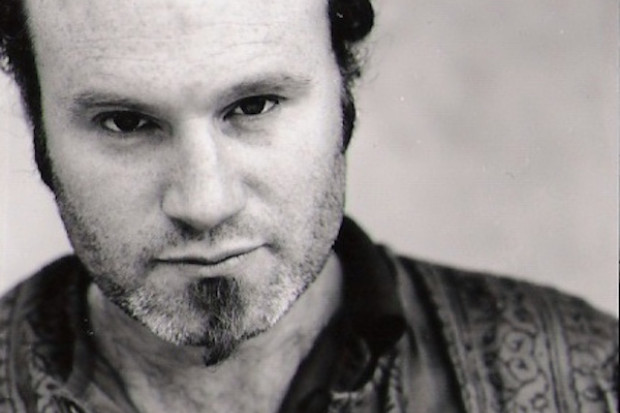CD Reviews: Kíla - Luna Park
Kíla
Luna Park
kíla records
Pushing boundaries, wrestling with the form, taking ‘liberties’ with the sacrosanct immutable tradition (mar dheá), fusing/fusion, hybridisation, attitude. These are some of the things that come to mind when I think of Kíla. Their original creative performance formula quickly caught the ear of many listeners, myself included. Their 1993 album Handel’s Fantasy captured the edginess and the searching for new ways forward which is what distinguished Kíla a decade ago. What attracted and entertained me (and maybe surprised or enjoyably outraged me from time to time!) was their full-blooded approach to making new music based on the core forms of traditional Irish dance music, and their use of the Irish language in new rhythmic, musical and cultural contexts. Their live performance took things further still, with explorations of stagecraft, lighting and other effects to augment the audience’s experience.
A constantly engaging element in Kíla’s work has been their reliance on their newly composed music, itself often distinctively Irish but peppered with influences from and references to the music of other traditions and cultures. These influences have gradually embedded themselves in Kíla’s general approach to music-making to an extent that, to my ear anyway, can often risk becoming the expected rather than the unexpected. This is of course both the attraction and the danger of any strong attachment to musical form and formula, whether in solo unaccompanied fiddle playing or in ensemble playing, although in the professional and commercial world of ‘traditional’ Irish music, for want of a better term, it is particularly a challenge for bands. Thinking about this can often cast light on the factors that drive the musical direction suggested by a band’s latest album or a recent development of repertoire. On the one hand there will be predictable pressure on bands to stay close enough to their precedents (their most recent successful album, gig or tour) and to their audience’s expectations for more and more of this, while on the other hand there can be the band’s artistically driven needs to explore and incorporate into their repertoire the genuinely new and beautiful as opposed to the opportunistically different, however trendy, popular or shiny.
In musical terms I would liken this to the difference between the blackbird and the magpie. A startling and extreme example of the magpie approach would be the path followed over the last two decades or so by The Chieftains, arguably the clearest example of musical fashion victims that we’ve seen in the traditional music scene so far. Finding the blackbird approach is not always quite so easy, although I would count Kíla among the few bands who have successfully wrestled with this tense problem of creativity versus traditional forms and who have come out the other end with their artistic credentials in good shape and with a distinctive and idiosyncratic sound that is much more self-reliant than novelty-dependent.
Luna Park is Kíla’s sixth studio album and it comes with a DVD which includes four performances recorded at the 2002 Kíla Christmas gig in Vicar Street, Dublin. In contrast to the very high production levels of the CD, the DVD is a basic no-frills production which does give a brief sample of what Kíla are capable of pulling off in live performance. It also includes a performance of the intensely energetic nine minute ‘Glanfaidh Mé’ which is the opening track on Luna Park.
Of Kíla’s recorded work, I would say that Luna Park, engineered by Mick Glossop, is by far their most highly crafted and sensitively produced album to date. It exposes a much broader range of texture and dynamics in the band’s music, and demonstrates richer and more elaborate arrangements than I had come across on the earlier albums. At the same time Kíla’s raw energy is never far beneath the surface and just manages to avoid being buried within the very high production values of Luna Park. But does all of this polish and sparkle come at a price? To an extent, yes, I think it does.
I came away having listened to Luna Park feeling satisfied in many ways, but still a little less surprised and moved than I had expected to be. Maybe the Kíla formula has found its niche and is now fully formed, matured, its evolution complete – in which case, fine. However part of me thinks it’s way too early to say that – but against that the high levels of provocative restlessness and humorous invention that I found so appealing in their earlier work are getting harder to find, and I’m still looking for them.
Perhaps I’m wrongly categorising Kíla as permanent pioneers, mercurial explorers and endless innovators – if so, gabhaigí mo leithscéal, lads.
In any case, Luna Park is a powerful addition to Kíla’s recorded output and this is an album whose musical content and production standards keep the bar high.
Published on 1 September 2003
Dermot McLaughlin is a fiddle player and currently Chairman of the Irish Traditional Music Archive.












